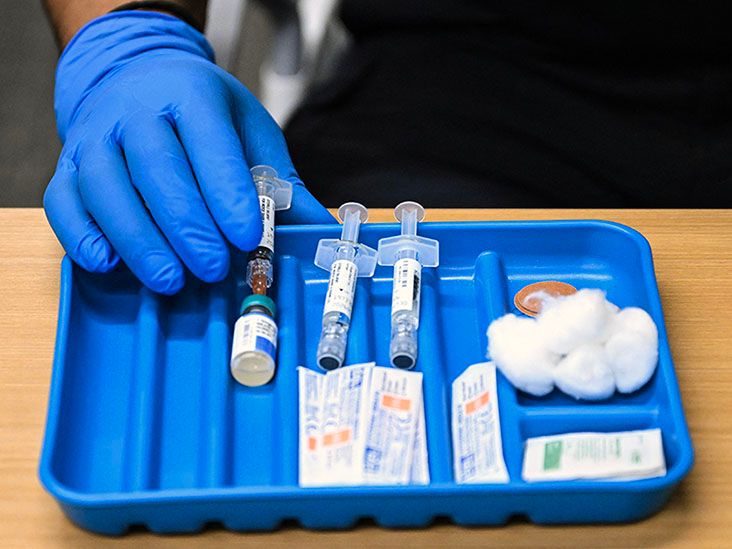Peripheral vascular disease (PVD) is a condition that causes restricted blood flow to the arms, legs, or other body parts. Certain exercises can help reduce symptoms of PVD, including walking, cycling, strength training, yoga, and swimming.
PVD causes a person’s blood vessels to become narrow or blocked due to a buildup of fatty deposits. This restricts blood flow to the limbs.
If PVD only affects a person’s arteries, medical professionals refer to it as peripheral artery disease (PAD). As most cases of PVD affect the arteries, medical professionals often use PAD and PVD interchangeably.
The most common symptom of PVD is pain in the legs with physical activity. This often means those with the condition have limited walking tolerances.
Other symptoms of PVD include:
- muscle weakness
- hair loss on the legs
- skin that is shiny and smooth
- skin that is cool to the touch
- sores or ulcers on the legs
- cold or numb toes
Exercise can help improve symptoms of PVD and help someone with the condition improve their mobility and walking distance.
This article lists and explains some exercises that may help improve PVD symptoms.

Walking exercises can help a person with PVD
Medical professionals can help tailor a walking exercise program for someone with the condition.
A person can walk as far and as long as they can before they can no longer tolerate pain symptoms. They can then rest until the pain goes away and walk again until the pain returns.
A person can continue using this “stop-start” walking method until they have walked for at least 30 minutes. They should aim to repeat this multiple times a week or as a doctor advises.
Cycling is another beneficial exercise for people with PVD. One 2020 study analyzed the effectiveness of a supervised cycling exercise program on several factors in those with PAD.
The study stated that bicycle exercise training helped improve a person with PAD’s quality of life and increased their walking distance.
The study concluded that cycling may be as useful as walking for individuals with PAD.
Strength training may be an effective exercise to help improve walking distances for people with PVD.
Resistance training is a form of strength training that increases muscle strength by making a person’s muscles work against a weight or force.
A
Yoga is a mind and body practice that aims to promote mental and physical well-being
- movement
- meditation
- breathing exercises
High blood pressure
Health experts consider PVD a form of cardiovascular disease. One
Swimming can also improve symptoms in people with PVD. This is because the activity can help improve blood pressure and vascular function in older adults.
Swimming can also help improve:
- arterial stiffness
- muscular strength
- cardiorespiratory health
On top of this, studies show that immersion in warm water alone can help reduce pain and improve blood flow. This means it may help improve exercise tolerance in those with PVD.
If a person has PVD or PAD that causes them pain
Exercising can help a person with PVD to:
- improve their ability to walk further
- reduce their leg symptoms of PVD
- improve their quality of life
Regular exercise can also assist in reducing the severity and frequency of PVD and PAD symptoms. Additionally, it can lower a person’s risk of developing another cardiovascular disease.
Regular exercise can also help someone boost their:
- self-esteem
- mood
- sleep quality
- energy levels
Exercise can
The
A person with PVD
The following are answers to some questions people frequently ask about PVD.
How do you improve circulation in PVD?
Exercise can help a person with PVD
A person may also require surgery to help open narrowed or blocked arteries. This can also help improve circulation.
Is peripheral artery disease reversible with exercise?
Though there is no cure for PAD, certain lifestyle changes can help reduce symptoms.
Evidence suggests that exercise can help a person to reduce the severity and frequency of PAD symptoms. It can also reduce a person’s risk of developing other cardiovascular diseases.
PVD is a condition that restricts the blood flow to the arms, legs, or other body parts. It occurs when a person’s blood vessels become narrow or blocked due to a buildup of fatty deposits.
One of the most common symptoms of PVD is leg pain during physical activities. PVD can often make it difficult to walk.
Exercise can help someone with PVD reduce their symptoms and lower their risk of developing other cardiovascular diseases.
Exercises that can be effective for people with PVD include walking, cycling, strength exercises, swimming, and yoga. However, it is important to take shore rest breaks as necessary during any of these exercises.


